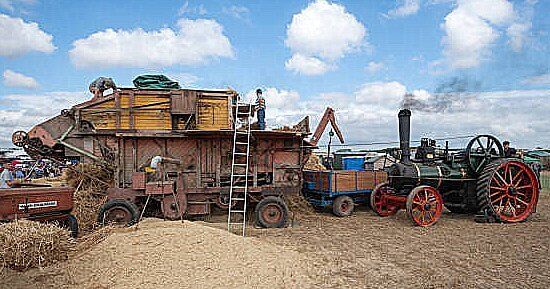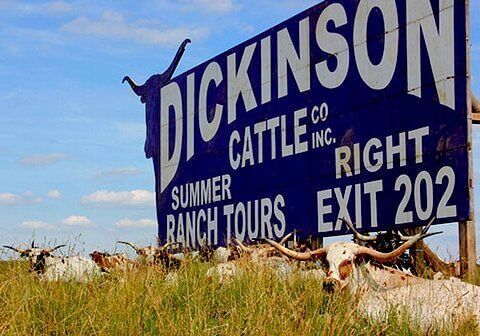"It is our mentality that we would not try to harvest a crop
without planting it first. We would not expect a calf from a
cow that has not been exposed to a bull. We would not
blindly rely on others to do these tasks for us."
~ Brett Kenzy, President, R-CALF USA
In about 1949, I started working in the field for my grandpa, Lester Wilshire. He had five daughters and was disappointed not to get a single son. He needed a lot of help in his fields and realized that at my age I couldn’t contribute much—but I was free labor, except for what I ate.
Grandpa had battled the Depression, made land payments, and done everything a farmer could do to pay his taxes. He milked cows by hand, raised chickens and beef cattle, butchered hogs, had a fruit orchard, sold melons, and farmed grain crops, mostly oats.
For most of his life, he used an outhouse. As plumbing technology improved, in his last years he put a bath tub and flush stool inside the house for the women—but he didn’t use the stool. He said there were things that should not be done in a home.
Grandpa always planted on the 100th day of the year. In early spring, he turned over the soil, walking behind two big geldings that pulled a single moldboard plow. Regardless of weather—hot or cold, wet or dry, windy or calm—he was working from before daylight and up to pitch dark. After turning the soil, he followed the same two geldings with a drag harrow to smooth the surface before planting the seed. In those days, no one bought special seed. They held over seed from the last year’s harvest.
As the oats grew, Texas bull nettles popped up all over the fields. A bull nettle, for you non-Texans, is Cnidoscolus stimulosus or Cnidoscolus texanus—a perennial herb covered with stinging hairs like a cactus, but worse. At just a touch, the prickly hairs release an allergenic toxin that burns, stings, and hurts like fire for hours. I helped Grandpa hoe the fields and chop down bull nettles in the heat of mid-summer.
During the school year, I was in the field every day the minute class let out. Grandpa would be cutting oats, running them through a binder. When he came to a certain place in the field, I tripped the carrier and dumped the bundles. A few days later, we shocked the bundles. All of this stuff happened during long, hard, hot hours. None of it was enjoyable. No air conditioning, no stereo music, just hard work that had to be done, work that only a person of the soil would enjoy.



